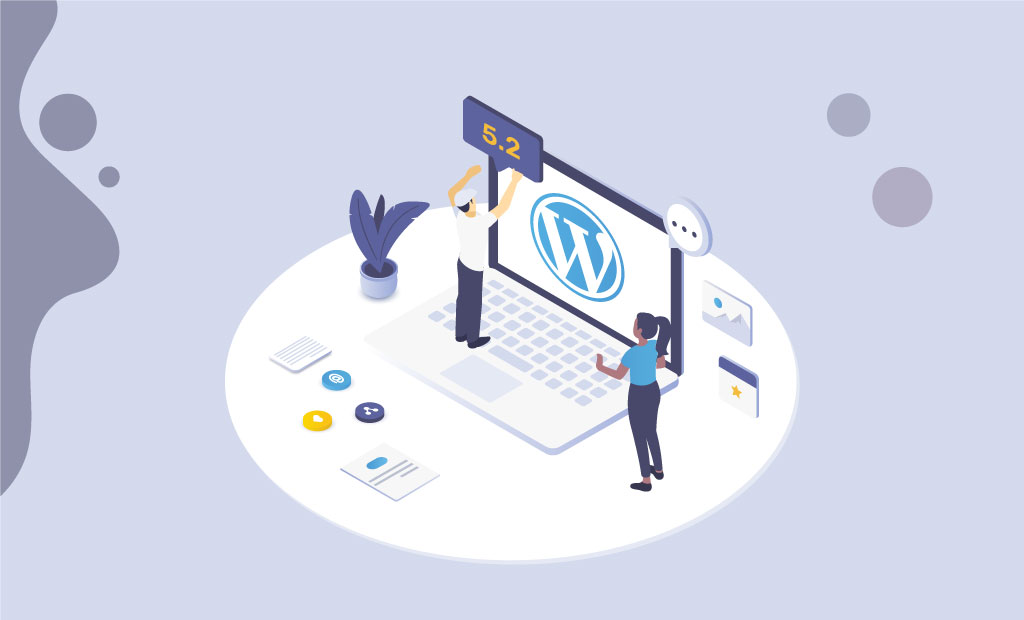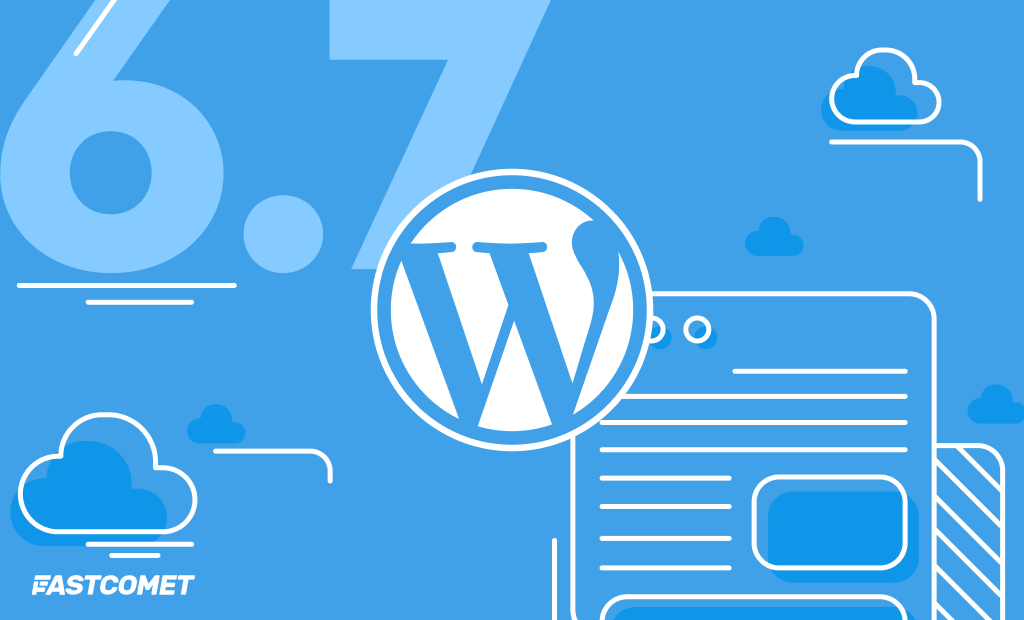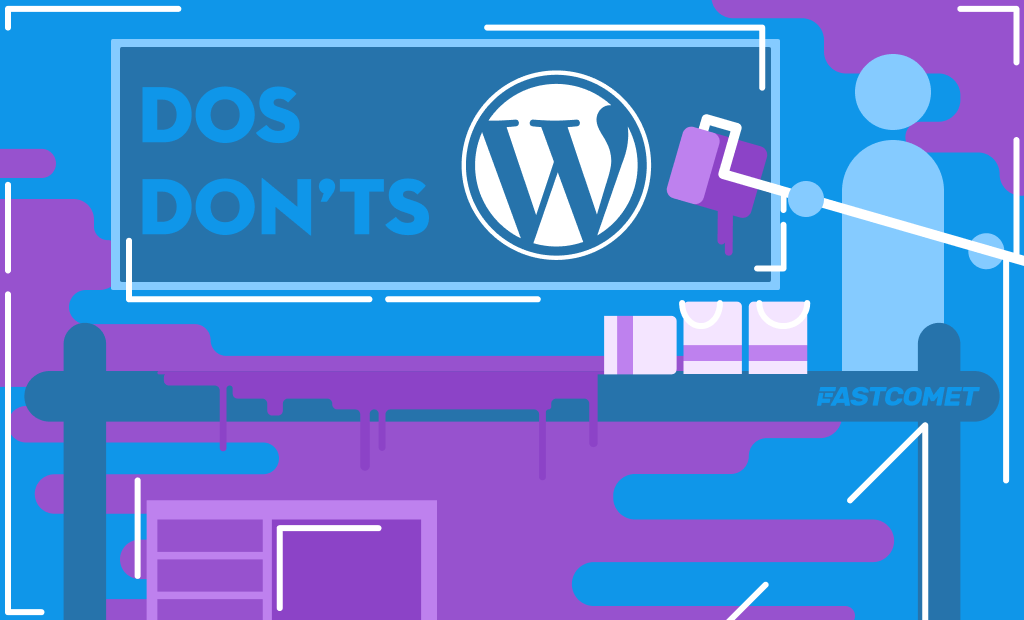
WordPress 5.2 – What’s New
The new version of WordPress 5.2 is now available for download. Released on May 7, 2019, called Jaco after the revolutionary jazz bass player Jaco Pastorius.
The new release comes with lots of new and exciting changes, the biggest of which would have to be the new Site Health check tool. The tool is to educate users, as well as provide developers with some crucial information that they need. There are plenty more improvements, not excluding PHP error protection (lower number of white screens of death), new and fresh dashicons and emojis, some block editor improvements, and accessibility updates.
The team behind WordPress describes version 5.2 as the release that provides even more powerful tools to help everyone with identifying and fixing all configuration issues and fatal errors. Those tools would help developers and users get all the info they need and they will always get it on time. Developers will be able to help their clients better than ever and regular users would manage their sites as smoothly as possible.
WordPress 5.2 is the second major release after the launch of Gutenberg back in the 5.0 release of the CMS. Let’s not wait anymore and dive into some details about all new changes and improvements that can be found in the latest release of WordPress.
WordPress 5.3 is already out. Check out our blog post about all the new features and changes. Gutenberg got a lot of improvements, which will be essential for your post formatting.
PHP Error Protection
In its original schedule, WordPress 5.1 had a plan to introduce a feature with the name “fatal error protection”. This feature would be to protect everyone from the white screen of death while PHP updates are running. Nevertheless, because of some critical flaws, they have included the feature in WordPress version 5.2.
With such protection, WordPress would recognize fatal errors and pause all offending plugins and themes in the WP dashboard in order for people to still be able to log into their site’s backend and fix the problem. This is a really good new feature, especially for those less-savvy users out there. We wish that such a feature took part in a previous version, but of course, we are excited about it.
With that said, we have to mention that we still recommend for everyone to implement the staging environment when testing out PHP’s new versions.
In case you experience issues while you upgrade your site’s PHP version, the front end is supposed to look like the image below. Not to panic, you may still log into the backend and fix the issue.

You will be able to see a message on the backend that lets you know your WordPress website is in recovery mode. It will also inform you that there could be an error with a plugin or a theme.

Site Health Check
We were initially introduced to site health check in version 5.1 of WordPress, in which PHP version compatibility checks were added for themes and plugins. With that new version, WordPress includes a brand new tool. It comes along with two pages that will help with debugging some of the most common server and software configuration-related issues, issues with PHP versions, etc.
Site Health Status
There is a new Status page when you go to Tools → Site Health. The feature would show you crucial information in regards to the configuration of your WordPress site, while also pointing you to all items in need of attention.

WordPress Site Health
A thing that everyone would probably notice is the addition of a percentage score grade right at the top of the page. This score is based on the number of tests that a website passes. There are people that are unhappy with that and there is an ongoing discussion among developers regarding they actually need such a grading system. The main reason scores are sometimes an issue is because of people becoming obsessed with getting a score of 100%.
Nevertheless, we have to admit that we are more than glad to see this new score grade. It will definitely raise awareness and make users check more often if their plugins and themes are inactive, which is quite important. Simply because a thing is not active on a WordPress website does not necessarily mean that someone would not be able to execute the code in case they browse directly to it. Thus, to keep your WP site as secure as possible, what we recommend is complete removal of inactive plugins and themes, especially the ones that you no longer use. Many don’t understand the importance of those things.
The test in this brand new Site Health Tool entails checks for some items that are related to performance and security. Those are the following:
Performance Checks:
- If the WordPress version is the latest one;
- If the PHP version is up to date;
- If the SQL server is also up to date;
- If the PHP modules that are required and recommended are currently installed;
- If UTF8MB4 is supported;
- If there are any scheduled events;
- If there are working HTTP requests;
- If REST API is available;
- If loopback requests can be performed.
Security Checks:
- If all running themes are active;
- If the plugins are up to date;
- If HTTPs connection is enabled;
- If communication is secure;
- If debug mode is off;
- If the site can communicate with WordPress.org;
- If all background updates are currently working;
It should also be mentioned that the tests are filterable by using site_status_tests, thus plugin and theme developers would be able to add custom tests, as well as remove existing ones.
Site Health Info
There is an additional new page when you go to Tools → Site Health, with the name “Info”. This page is a place for helpful debugging info about your website’s configuration, which you are able to share with hosting providers and developers alike. There is also a button Copy site info to clipboard which comes quite handy. The button allows for easy snatching of information and pasting it into a certain text file that would be later shared with third-parties.

The Site Health Information page has hundreds of various data points about your website. Undoubtedly, this page will be of great help for developers. It would provide them all the needed information from users, doing it much faster than before.
Some helpful Details
- WordPress: WordPress version, user language, site language, Home and Site URLs, multisite check, permalink structure, number of users.
- Directories and Sizes: WordPress directory location, size, upload location and size, theme location and size, plugin location and size, database size, total installation size.
- Active Theme: Theme name, version, author website, author, parent theme, theme directory location, theme features.
- Must Use Plugins: Details of any must use plugins currently running, version numbers, and author names.
- Active Plugins: Active plugins running, version numbers, and author names.
- Media Handling: Active editor, ImageMagick version number, string, resource limits, GD version, Ghostscript version.
- Server: Server architecture (Linux, Windows, etc.), Web server (Nginx or Apache), PHP version, PHP max input variables, PHP SAPI, time limit, max input time, memory limit, upload max filesize, cURL version, post max size, SUHOSIN status, Imagick library statu, .htaccess rules.
- Database: Extension, database user, client version, server version, host, prefix, name.
- WordPress Constants: ABSPATH, WP_HOME, WP_CONTENT_DIR, WP_SITEURL, WP_PLUGIN_DIR, WP_DEBUG, P_MAX_MEMORY_LIMIT, WP_DEBUG_DISPLAY, SCRIPT_DEBUG, WP_DEBUG_LOG, WP_CACHE, COMPRESS_SCRIPTS, CONCATENATE_SCRIPTS, COMPRESS_CSS, WP_LOCAL_DEV.
- Filesystem Permissions: Check against the following directories to find out if they are writable. Main WordPress directory, uploads directory, wp-content directory, plugins directory, must use plugins directory, themes directory.
Miscellaneous Developer Updates
There is also some love for developers coming along with WordPress 5.2. It’s in the form of fresh changes for the block editor and improvements on the privacy policy pages, updates in coding, a new WordPress hook, and more.
Block Editor Improvements
Dozens of Gutenberg improvements came with 5.2. A few of them got our attention, such as:
- In 5.0,
WP_Screen::is_block_editor()was presented with the goal to allow all developers to execute code conditionally. It would depend on whether you have currently loaded the block editor. However, there have been some issues with this. Those issues are now fixed in WordPress 5.2. - Text and media blocks have been enhanced.
- Block and image resizers are now much better than they were before.
- There were some performance improvements that were made in regards of loading time.

Updates on PHP Coding Standard
It’s now official – WordPress is currently recommending everyone to run PHP version 5.6 or higher with their hosting service provider. In case you don’t already know, FastComet supports up to PHP 7.3!

For developers, this means that they would be able to take great advantage of the new coding standards that are in the form of namespaces, short array syntax, anonymous functions, assignments with conditionals, as well as short ternary syntax. In case you are one of those developers who have already been using PHP 7 and higher, this probably won’t impact you, but nevertheless, it’s quite pleasant to see great updates from WordPress.
Privacy Updates
The new WP release also entails a few improvements for all developers working with data exports, as well as Privacy Policy pages.
The first improvement would be four new helpers to ease the process of customizing the privacy policy page:
- New function:
is_privacy_policy() - A new theme template file:
privacy-policy.php - New body class:
.privacy-policy - New menu item class:
.menu-item-privacy-policy
The second improvement is for data exports:
User Data exports don’t use a hardcoded list anymore. Now they use the list of all allowed tags in wp_kses(), which is also set by default. There is new filtering that’s also currently available.
Improvements for Writing JavaScript
Developers don’t need to worry about setting up any more complex build tools if they need to write modern JavaScript. This is possible thanks to the addition of Babel and web pack configurations in the @wordpress/scripts package.
A New Body Tag Hook
WordPress 5.2 includes a new “wp_body_open()” hook which lets themes support the code injections right at the start of the <body> element. The WP team actually encourages all theme developers to use this feature.
New Emojis and Dashicons
If we are going to talk about visual updates, we have to mention that WordPress 5.2 comes with some additional emojis and dashicons.
New Twemoji
The latest version of Twemoji, which is 12.0.1., came with WordPress 5.2. This version 12 has a total number of 230 new emojis. Those include emojis for accessibility and some cute animal ones.

New Dashicons
Dashicons are to make an admin dashboard prettier. With that said, it was definitely about time for their update, especially considering they weren’t addressed since version 4.5. WordPress 5.2 brings 13 new and fresh dashicons, not excluding instagram, a suite of BuddyPress ones, in addition to rotated Earth icons. A WOFF 2.0 font file format was added as well.

Notable Accessibility Changes
A number of changes regarding the enhancement of contextual awareness and the flow of keyboard navigation also come with WordPress 5.2. People that use screen readers or any other assistive technologies can rejoice.
- Post formats are in list tables now;
- New link markup on the WordPress admin bar submenu;
- The currently viewed archive in the dropdown widget is now pre-selected;
- There is a new media view in the media library.
- Headings were also added to the data tables on the Export Personal Data and Erase Personal Data pages.
- The alt text field is now the first field in the media modal.
How to Update to WordPress 5.2
Since all customers have different sites, we recommend everyone to utilize the staging environment. Check for compatibility by cloning your website and test WordPress 5.2 with all of your existing plugins and themes. Of course, the manual backup prior to updating your actual live website is also an option.
In order to update to the 5.2 version of WordPress all you have to do is click on the updates icon in your admin dashboard. After that, click on the Update Now button. While the update is in its course, the website will be in a maintenance mode. As soon as you finish, the website will return to its normal state.

If everything goes properly with your update, you should be able to see the screen “Welcome to WordPress 5.2.” There you go! Nice and quick.
After you do some clicking in the dashboard, you would receive a message suggesting that you update your database to the most current version. When you see that, go ahead and click on Update WordPress Database. That’s all – you’re all set up.

Troubleshoot Issues with the new WordPress Update
When one updates a major WordPress version, there is always the possibility of experiencing some issues. Those issues come from the thousands of themes and plugins that are currently on the market. Here are some of the ways to troubleshoot the most common issues:
- Getting a white screen of death? You can resolve this by simply restarting the PHP and deleting the entire page cache on your WordPress site.
- Try deactivating all plugins and see if that fixes your problem. Then start reactivating them one by one to find which plugin may need an update from your developer.
- Try to switch over to one of the default WordPress themes like Twenty Nineteen. If it happens to fix your problem, you may want to contact your theme developer.
- Troubleshoot and diagnose JavaScript issues in your browser.
Summary
There are plenty of exciting new things that come with WordPress 5.2 and we like them all. The new Site Health Status info will make sure to educate users about the best practices when it comes to security and support. It will be so interesting to find out how the new percentage score comes into play with time. Regardless of everything, this score will definitely help even further with raising awareness in regards to running the latest PHP version, deleting inactive plugins and themes, etc. This is definitely good for all internet users.
The Site Health Info should exponentially help developers. Being able to get the needed information from users right away would mean fewer tickets for both developers and hosting providers.
WordPress 5.2 is, without a doubt, one truly great update. What do you think about it? We would love to hear some of your thoughts in regard to the new Site Health tool and discuss in the comment section.

The latest tips and news from the industry straight to your inbox!
Join 30,000+ subscribers for exclusive access to our monthly newsletter with insider cloud, hosting and WordPress tips!




Comments (2)
Thank you so much for this review, its really helpful since I’ve been using older version for a long time.
Glad you like it, Tim. Thanks for the heads up. Be sure to share your thoughts on the new update once you decide to give it a go.